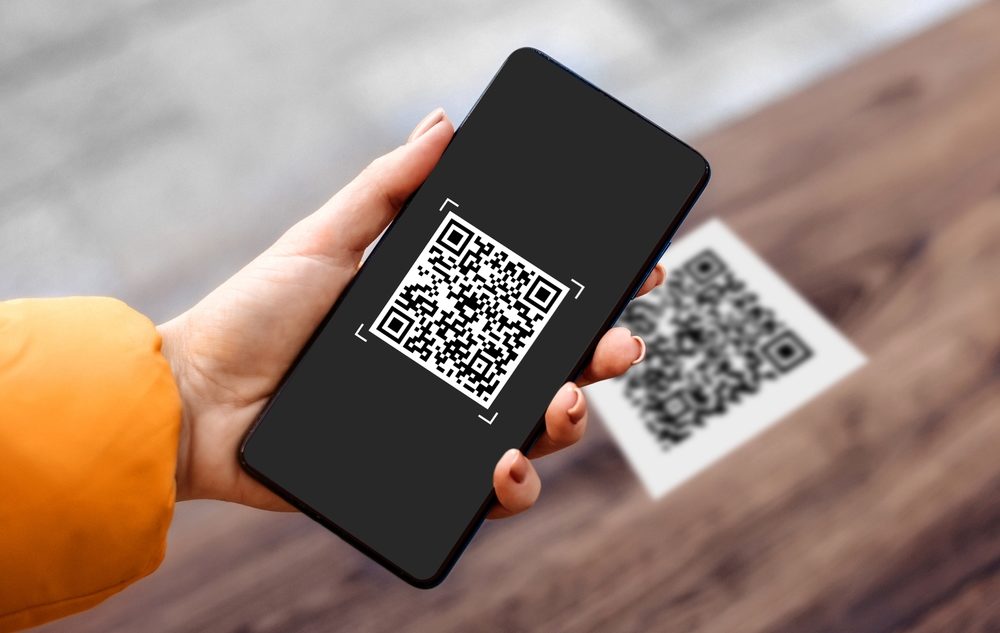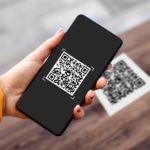In today’s data-driven marketing landscape, measuring the effectiveness of your campaigns is crucial for optimizing strategies and maximizing ROI. QR codes, or Quick Response codes, offer a powerful tool that can be seamlessly integrated into marketing campaigns to provide valuable insights into user engagement, campaign performance, and audience demographics.
What are QR Codes?
QR codes are two-dimensional barcodes that can be easily scanned using smartphones and mobile devices. When scanned, these codes can encode a variety of information, including URLs, text messages, contact details, and even interactive experiences. This versatility makes QR codes an ideal tool for tracking marketing campaigns, allowing you to gather data on user behavior and campaign effectiveness.
Tracking Your Marketing Campaigns with QR Codes
- QR Code Tracking Tools: Utilize QR code tracking tools to generate unique QR codes for each campaign or marketing initiative. These tools provide detailed data on scan frequency, location data, time of scan, and device information.
- Unique URLs: Assign unique URLs to each QR code, ensuring that each scan is tracked separately. This allows you to identify the specific campaign or marketing material that drove the scan.
- Dynamic QR Codes: Implement dynamic QR codes that can be updated in real-time. This allows you to modify the destination URL without having to re-print or re-distribute the QR code.
- Campaign Integration: Integrate QR codes into various marketing channels, such as print materials, digital advertisements, product packaging, and signage. This provides a comprehensive view of user engagement across different touchpoints.
Analyzing QR Code Tracking Data
- Scan Frequency: Monitor the overall scan frequency to assess the overall engagement with your QR codes. Identify trends and patterns to determine which campaigns or materials are resonating most with your audience.
- Location Data: Analyze the geographical distribution of QR code scans to gain insights into your audience’s location and target specific regions for future campaigns.
- Time of Scan: Track the time of day and day of the week when QR codes are scanned to identify peak engagement times and optimize campaign schedules accordingly.
- Device Information: Understand the types of devices used to scan QR codes, such as smartphones, tablets, or computers. This information can help tailor your campaigns to specific devices and ensure a seamless user experience.
QR Codes: Enhancing Marketing Campaign Effectiveness
- Campaign Optimization: Use QR code tracking data to identify which campaigns or materials are generating the most engagement and focus your efforts accordingly.
- Personalized Experiences: Leverage QR code data to personalize user experiences based on their scan history and demographics. This can enhance engagement and increase the likelihood of conversions.
- Audience Segmentation: Analyze QR code data to segment your audience based on scan behavior and preferences. This allows you to tailor your messaging and marketing strategies to specific audience segments.
- Real-time Insights: Utilize dynamic QR codes to gather real-time data on campaign performance and make adjustments as needed. This agility ensures that your campaigns are always optimized for maximum impact.
Conclusion
QR codes have emerged as a powerful tool for tracking marketing campaigns, providing valuable insights into user engagement, campaign performance, and audience demographics. By effectively utilizing QR code tracking tools and analyzing the data they generate, businesses can optimize their marketing strategies, enhance customer experiences, and achieve their marketing goals. As QR code technology continues to evolve, its role in marketing campaign tracking is poised to become even more prominent, shaping the future of data-driven marketing strategies.




